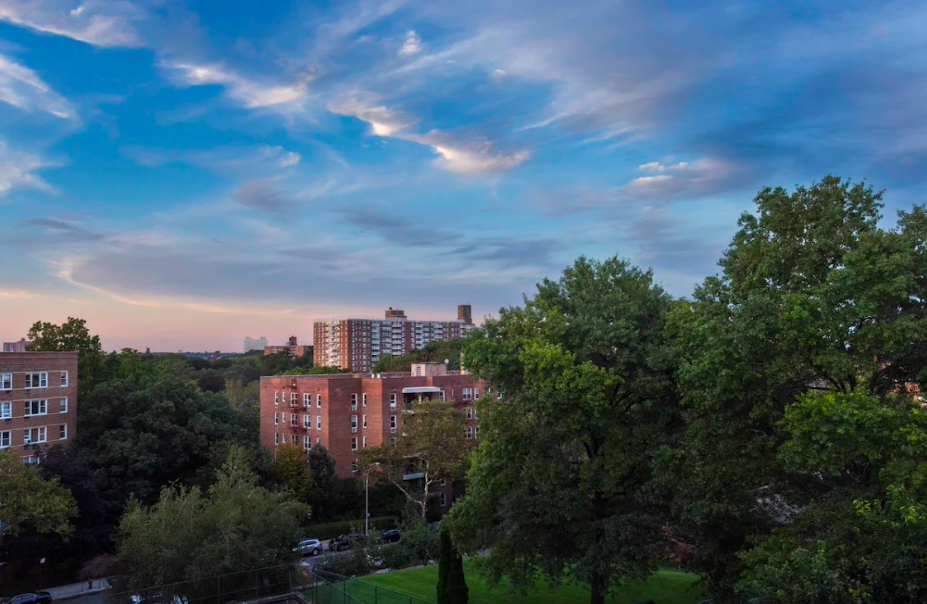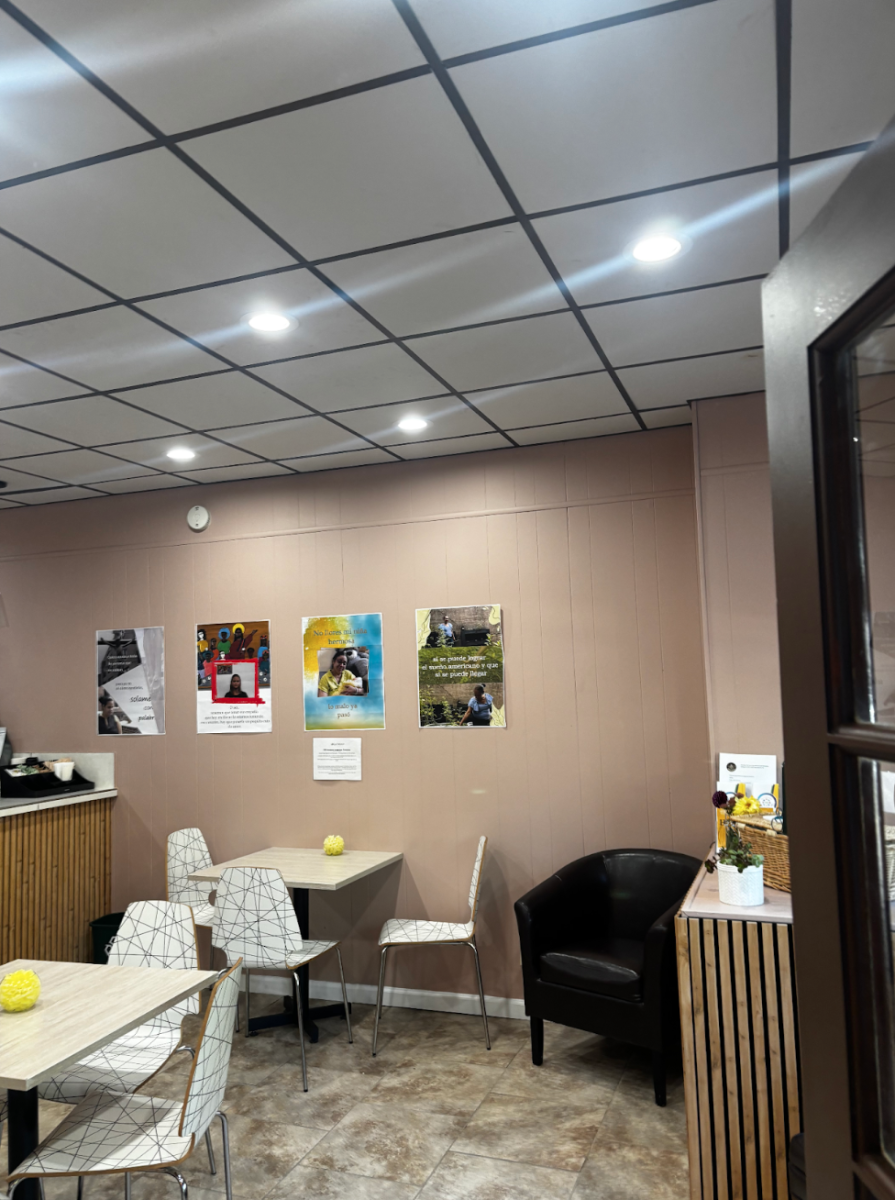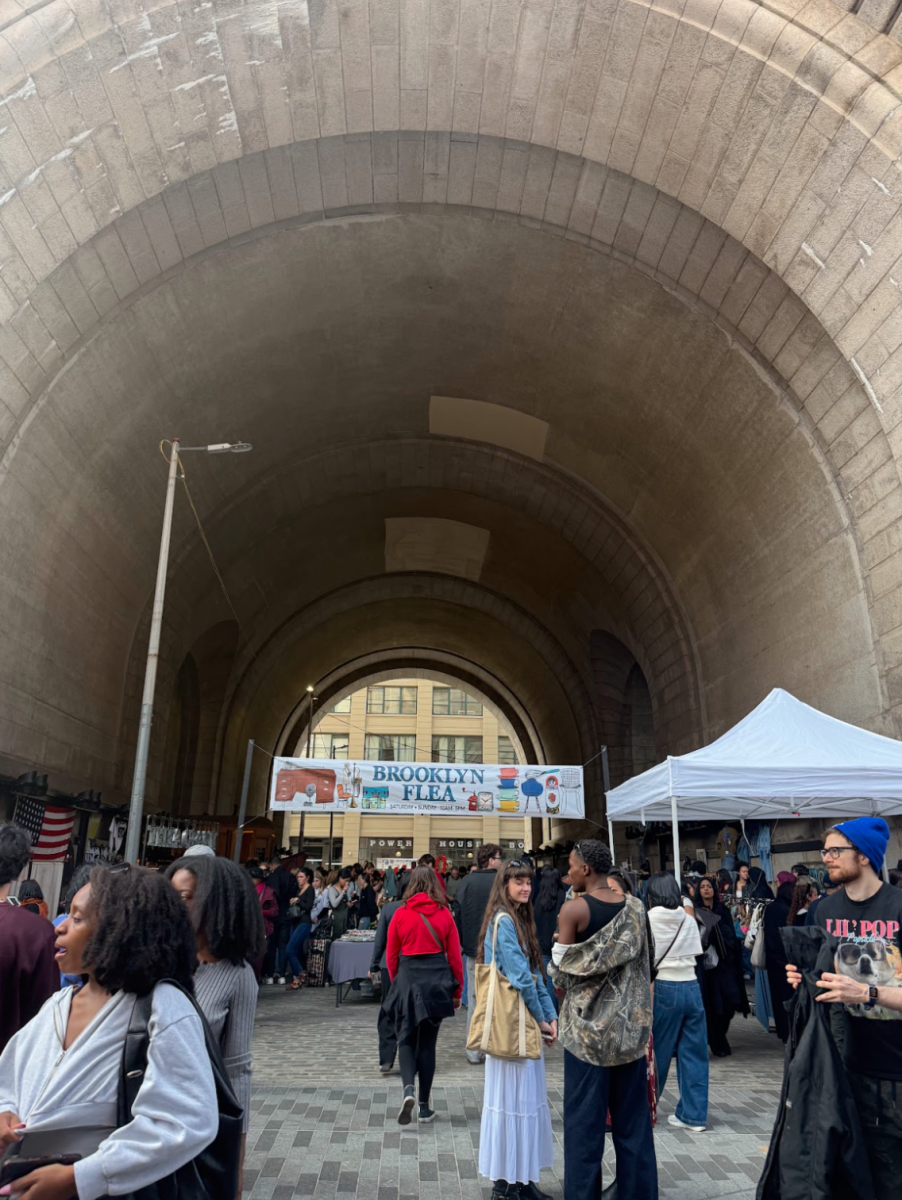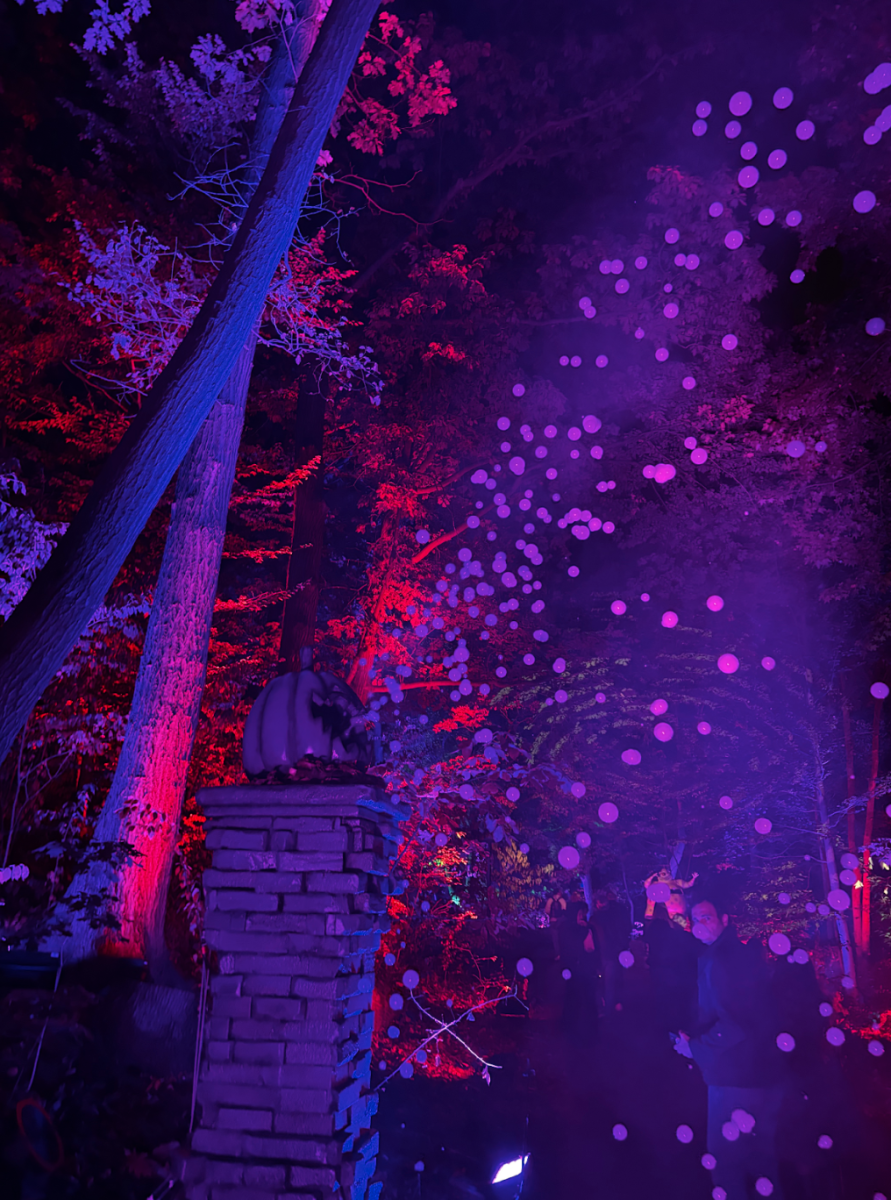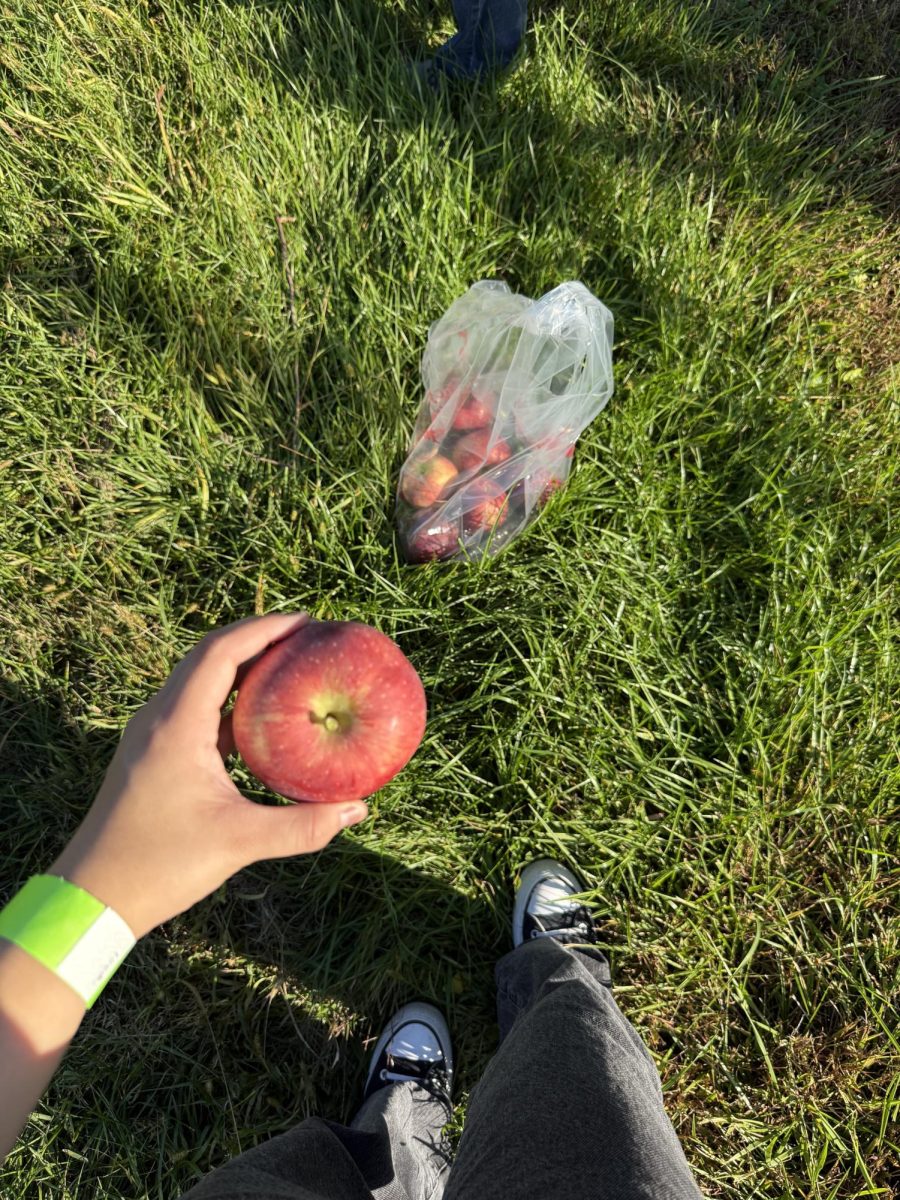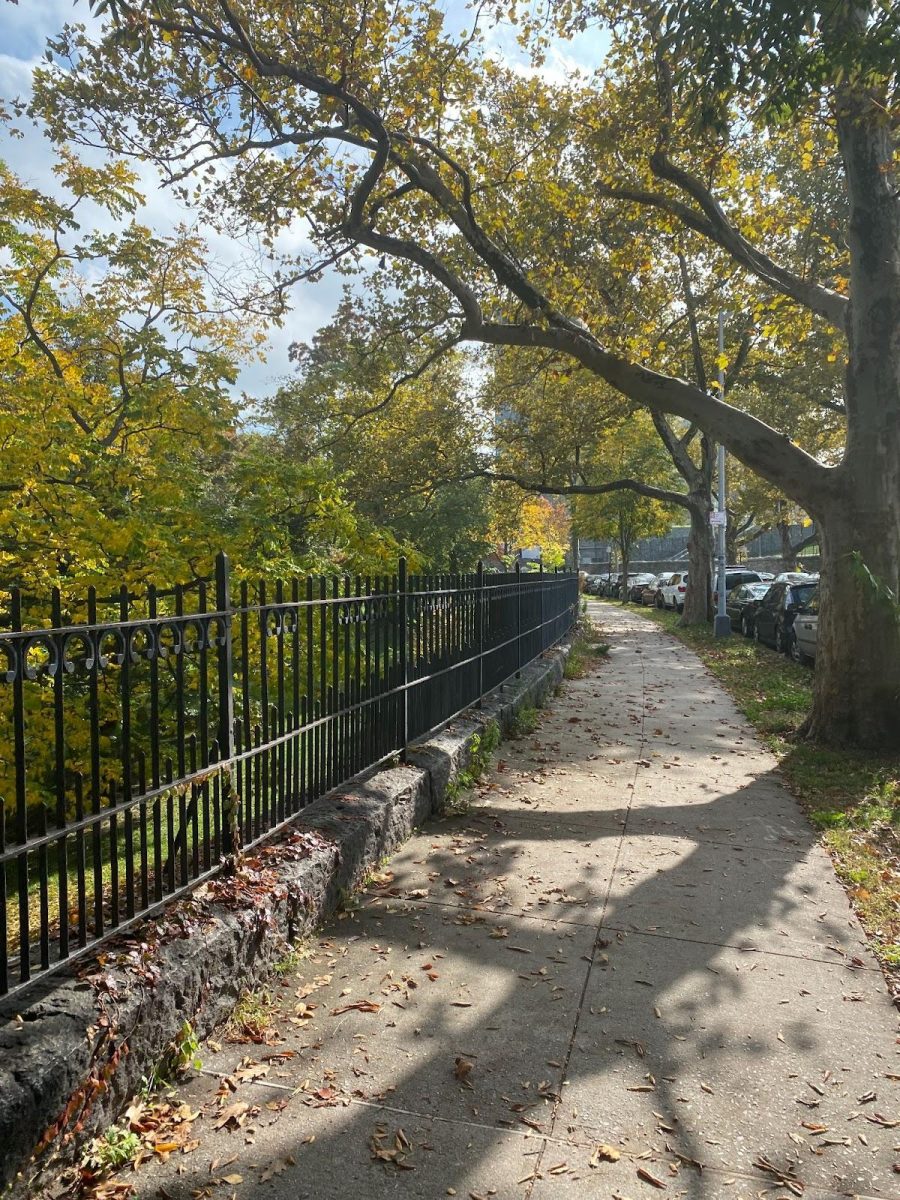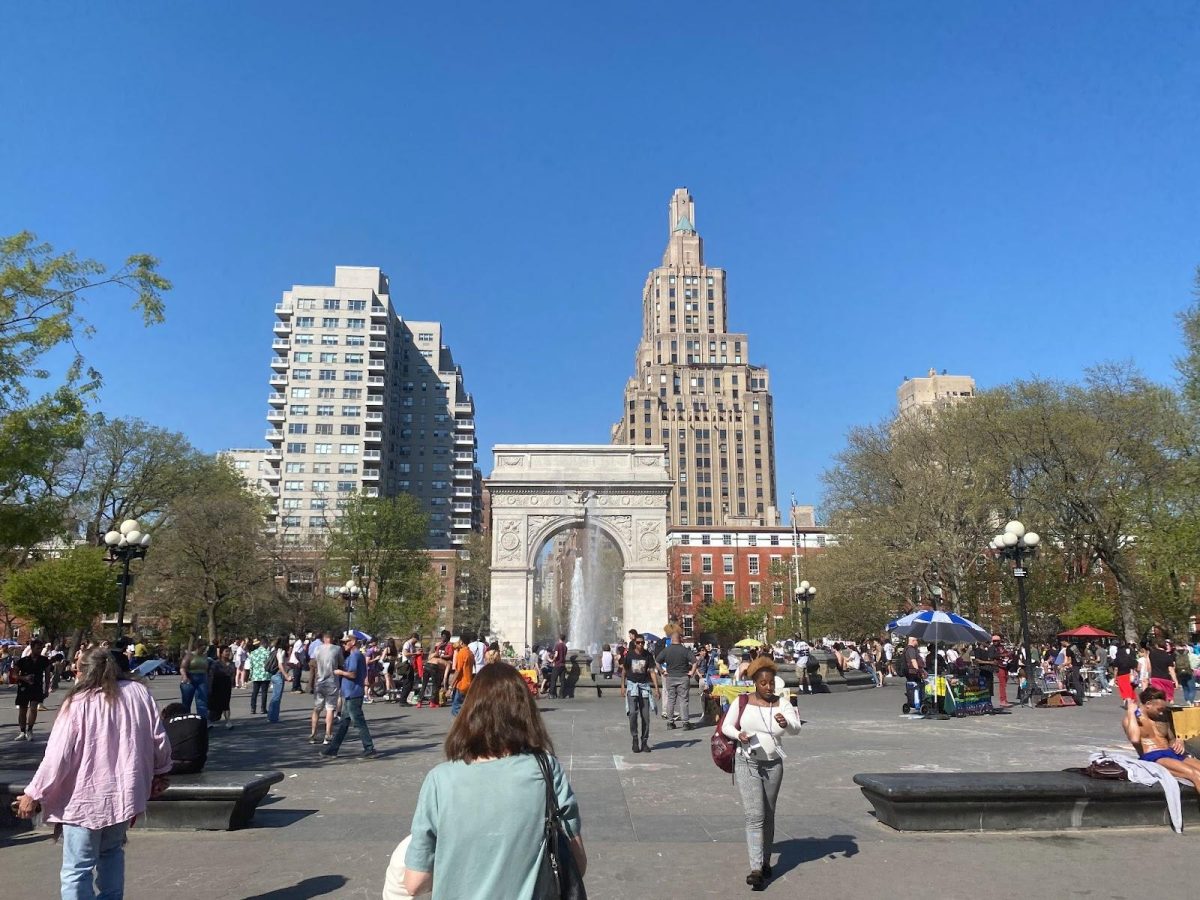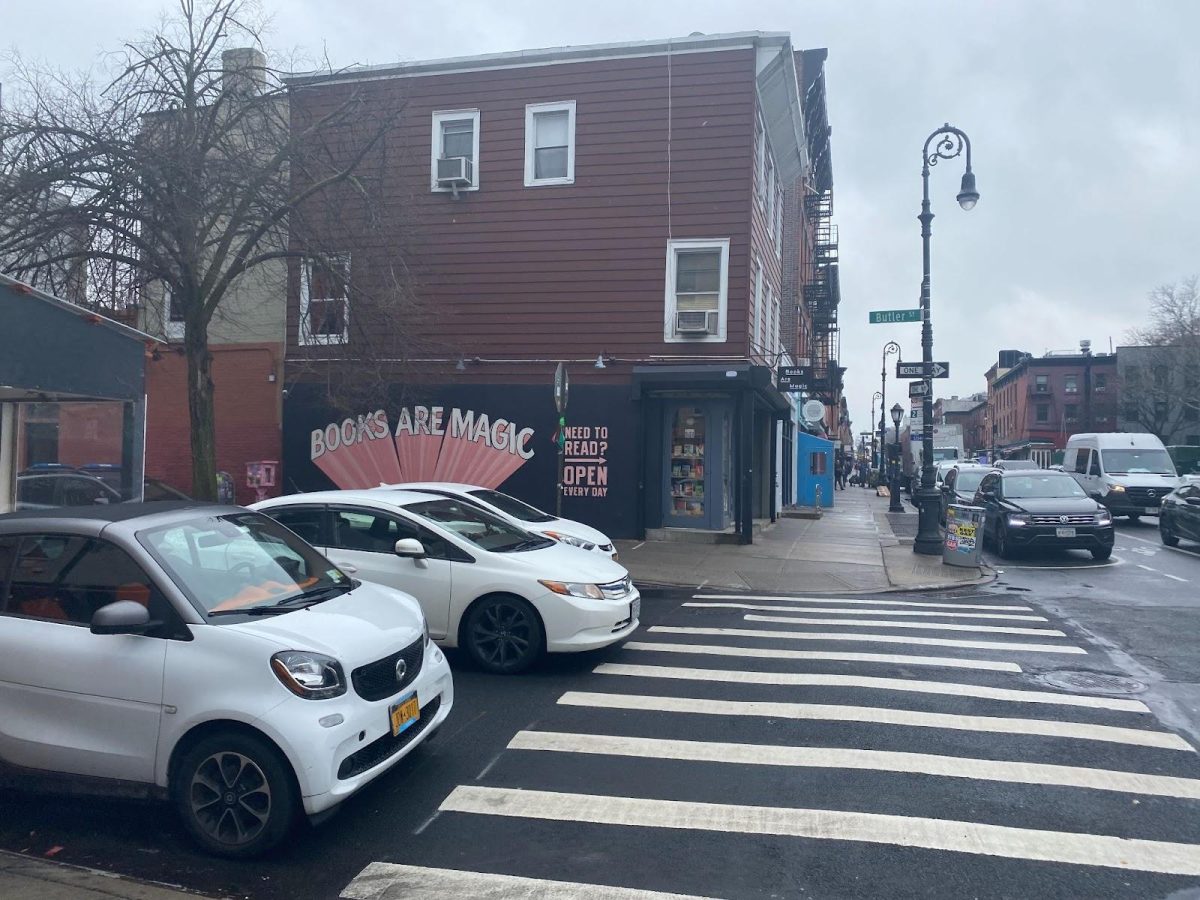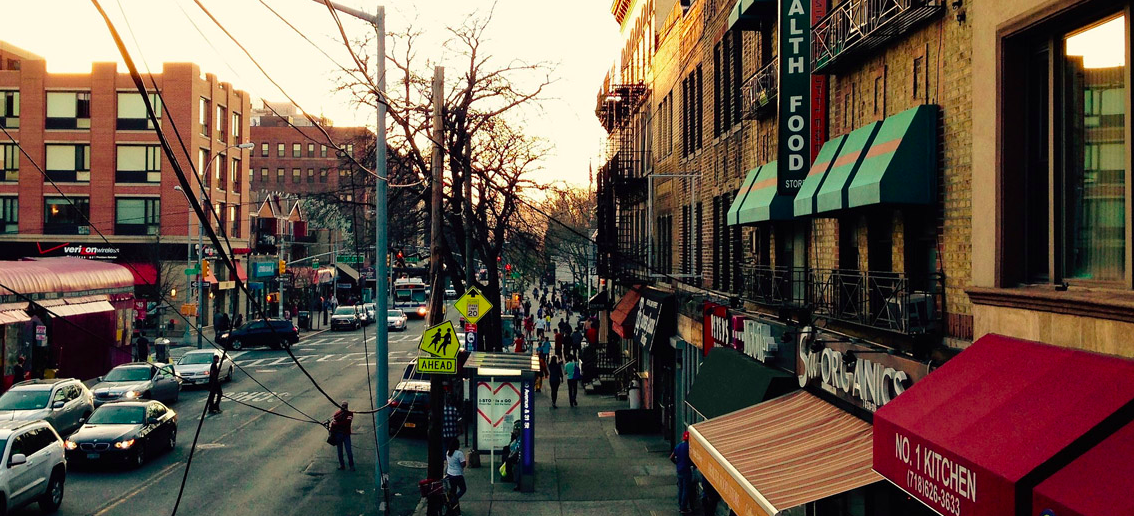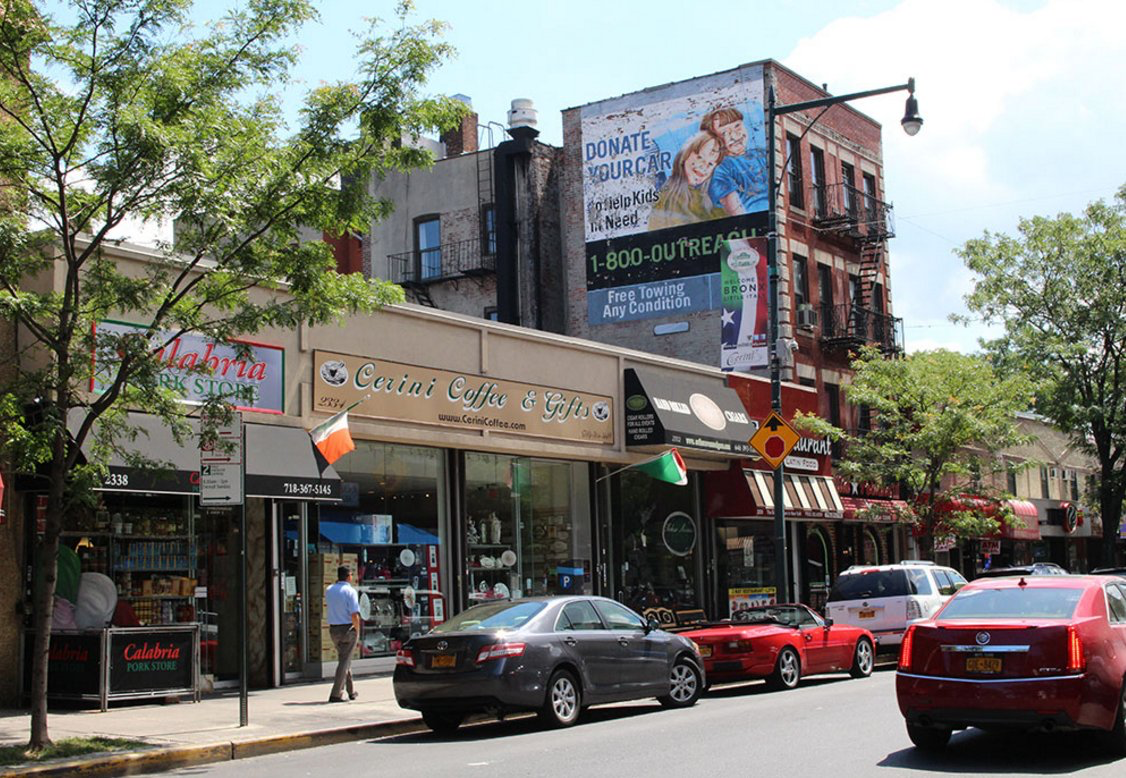When I was young, even after multiple trips to the city, I always thought of New York as a sprawling metropolis, consuming anything in and around it. A place where trains are standing-room only all 24 hours of the day, cars drive a mile-an-hour in traffic and a buffer of at least an hour lead one to even a sniff of suburban life.
Riverdale proves this simply isn’t true.
To think that Riverdale, the most affluent neighborhood of the Bronx, sits roughly 12 miles north of Midtown Manhattan, America’s urban center, is baffling. I realize that there are other examples of New York’s chameleonic landscape (Forest Hills is perhaps the second-best example), and while I have the utmost respect for Central Queens, Riverdale takes the cake in the suburbs-in-the-city competition.
With walkability to Van Cortlandt, a park nearly 200 square miles larger than Central Park, and direct access to the 1 train, Riverdale is the perfect commuter neighborhood for those looking to sleep in the suburbs, work in the city and live in both.
Early in Riverdale’s development, the town functioned as an enclave for aristocrats to keep their estates. These mansions and estates of 19th- and 20th-century moguls remain today, especially in the Hudson Hill neighborhood.
At the turn of the 20th century, the popularity of railroad commutes allowed these men to permanently reside in Riverdale year-round, with the New York Central and Hudson River Railroad being rerouted by Cornelius Vanderbilt to enter into his new Grand Central Depot (now Grand Central Station). Later, developer Leland Weintraub called for the creation of “a picturesque site, landscaping and architecture; connection to the city by accessible transportation and a layout adapted to the topography” to be present in the area.
It’s fair to say that Weintraub’s vision was achieved in spades.
Riverdale acts as a time machine into 19th-century wealth, when sprawling estates just outside of the city were regular for the American elite. What makes Riverdale especially unique, though, is its identity as a New York neighborhood, because it is one. Developers of this lush neighborhood didn’t wish to create an area outside the city to separate it from a New York identity. Riverdale was created as an enclave to retain that invaluable identity while also providing residents the undoubtable luxuries that were, at the time (and for the most part still is), only available in the suburbs.
The Van Cortlandt House Museum offers a comprehensive history of the wealthy Van Cortlandts and other members of the Riverdale elite of old, atop a hill on the beautiful park that bears their name. Their estate has been wonderfully preserved, and admission to students is a meager $3.
Riverdale’s historic and present affluence, as well as it being a stone’s throw from the best Italian food minds in the country on Arthur Avenue, allows residents and visitors to get classed-up, and the suburbanized atmospheres in the restaurants never sacrifice quality or ambience. Beccofino performs this balancing act with ease, producing highly-recommended veal and calamari at decent prices that could easily be 20% more in Manhattan.
I will shout from the rooftops that I don’t miss living in the suburbs, but it’s restaurants like Bronx Burger House, unpretentious places with simple menu options, affordable prices and laid-back vibes, that are admittedly in short supply throughout the five boroughs.
It can be easy to rave about Riverdale’s proximity to Manhattan, considering what it’s near. It’s also easy to marvel at its gorgeous homes and leafy sidewalks, simply what it is. Perhaps, it’s also easy to compliment Riverdale on what it’s not, but very well could be: needlessly swanky, tacky or showy.
Riverdale is all about balance, not in providing extremes in any one characteristic but not skimping on positive traits either. Riverdale residents can truly have their cake and eat it too.





































































































































































































